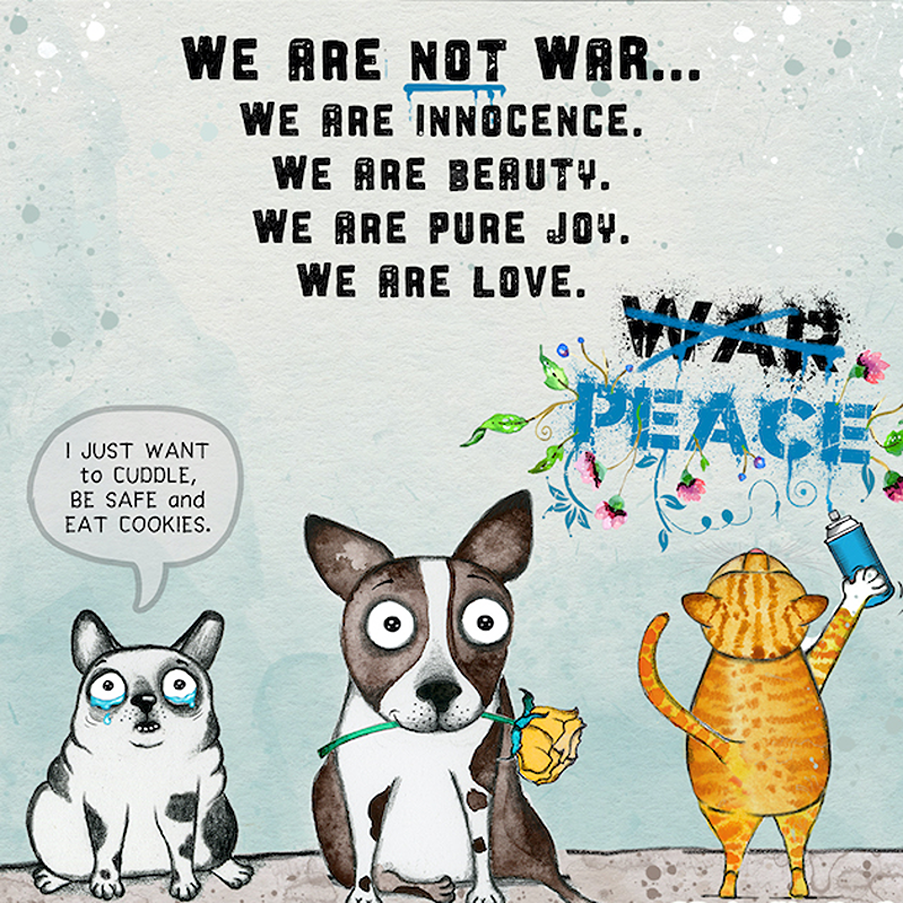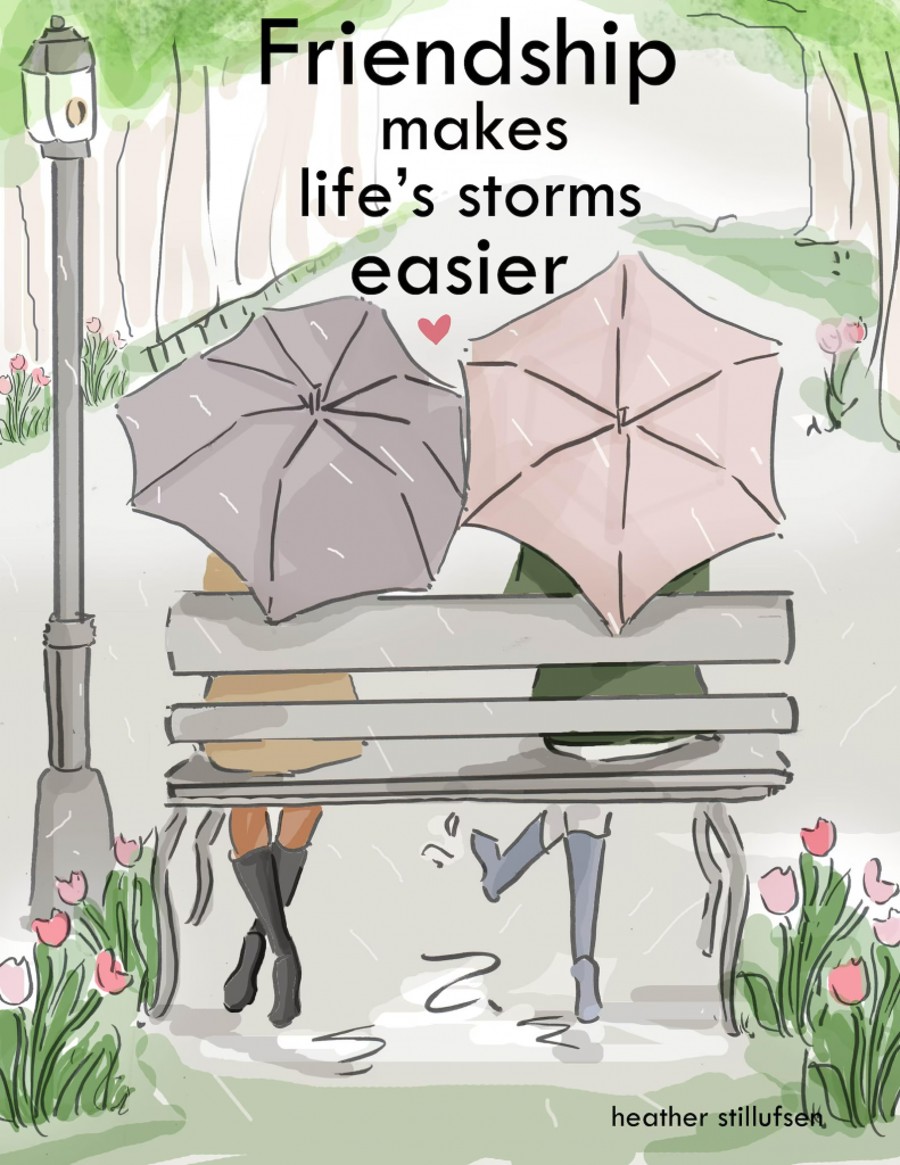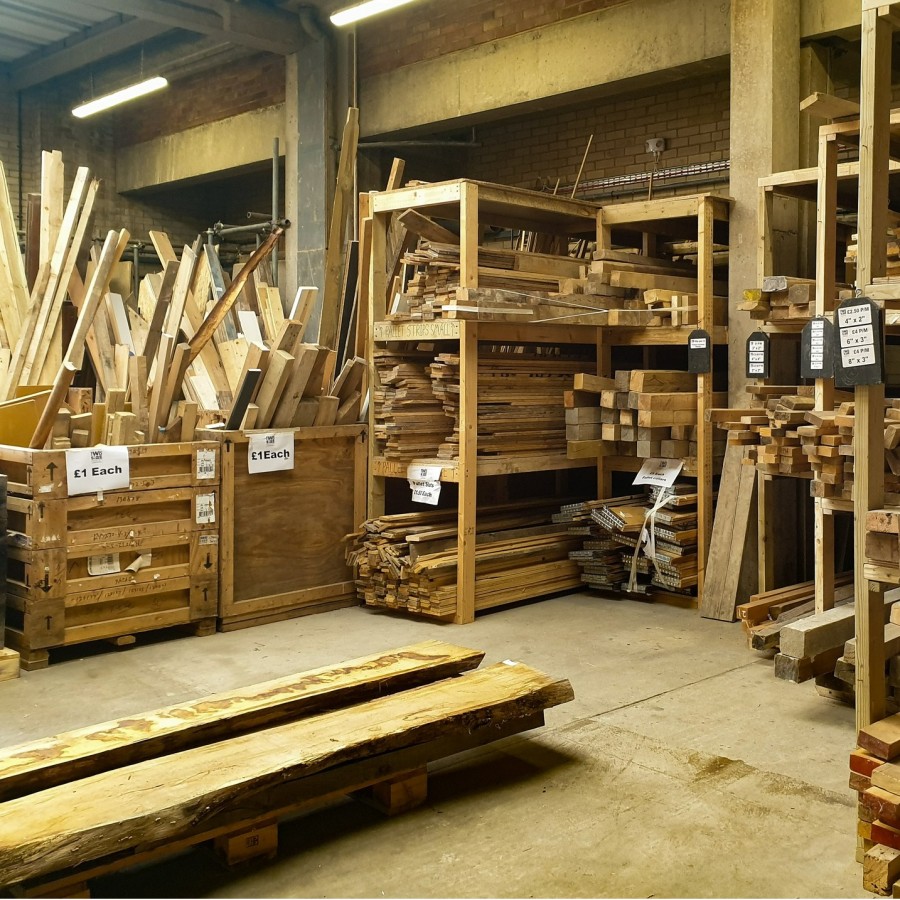How Visionary Councillors Shape Our Communities

To become a councillor is pretty simple if you’re organised, passionate and have some time on your hands. You don’t receive a salary but can claim expenses (including for childcare and carers, if needed). And you don’t have to belong to a political party, you can be independent if preferred.
If planting green spaces, read up on pet-friendly gardens and wildlife-friendly gardens. If planting trees, know of trees to avoid near horses (including yew, oak and sycamore).
Cordon off trees affected by oak processionary moths (also from livestock). These should be reported to Treealert.
How Your Local (confusing) Councils Work
Between them, councils run around 800 services across England. It’s complicated as different services are run by different councils:
Councillors have a lot more power than people think. As well as responding to casework, they also attend meetings to vote on important matters. It’s up to you which kind of council you decide to stand for:
- County councils cover education, transport, planning, fire/safety, social care, libraries, refuse and trading standards.
- District/city councils cover rubbish/recycling, Council tax & planning
- Parish (village) councils cover allotments, public clocks, bus shelters, community centres, play areas, neighbour planning and grants for local charities). They can also fine people for litter, graffiti, fly-posting and not picking up dog poop.
The National Association for Local Councils has good information. The laws to become a councillor are pretty simple, and depending on the council size, your councils could be responsible for:
- Allotments
- Car parks
- Celebrations
- Community buses
- Community & leisure Centres
- Litter bins
- Parks & open spaces
- Public toilets
- Street lights
- Suitable housing
- Solar panels
- Town planning
- Police & Health services
Write to Them is an open source website (meaning other countries can use the software to create something similar) that lets you know your local or national MP, then write to them.
Report Local Issues to ‘Fix My Street’

FixMyStreet is a fantastic website where you can upload (including photos) reports of litter, fly-tipping, broken glass, broken street lamps and broken paving labs, and anything else that is blighting your beautiful town or village.
Created by techy experts, the reports get sent straight to your council and you are then notified of updates. If many people report the same issues (which are made public), things tend to get fixed pretty quickly. The open-source software means anyone worldwide can use their knowledge to create a similar site.
Just enter your nearest postcode, locate the problem on a map, enter the details and send it off, then they’ll email to the council on your behalf. Last month, over 31,000 problems were fixed!
You can also download free goodie packs, to print our posters to let people in your community know about the site, and widgets that you can put on your local website or blog.
Reporting broken street lights is really important. Not just because it wastes public funds, but because it causes light pollution, which means birds and other mammals wake up at the wrong times (birds are now waking up at midnight to start singing, thinking it’s morning).
This in turn affects migration and breeding, so reporting broken street lights is one of the best way to help our garden birds. Councils should also use wildlife-friendly lighting (with an orange hue, rather than white or blue)
Councillors Are Very, Very Important!

Councils can create good or bad decisions that affect people’s lives. Recently, some councils have actually used funds to help ‘top up’ those in limbo, who have missed out the Winter Fuel Allowance. So those now just above Pension Credit limit, won’t lose out.
If you’ve ever read Paul Kingsnorth’s book Real England, you’ll know about the Norfolk town of Sheringham, and its gigantic multi-year battle between local people and a Tesco superstore (in a town filled with independent shops).
After years of legal wrangling, it got to crunch time, when a local eco entrepreneur suddenly ‘saved the day’ by offering to create a locally-owned non-profit supermarket, with space above for people to learn cooking.
Yet the council voted it down, and gave Tesco the contract. Despite five times more letters of opposition than support for the store.
Years later, many indie shops have gone to the wall, and (although the supermarket funded a new fire station to make way for the one it demolished to build a supermarket) – what it gave was lost, at a far greater price.
People need fire stations and local food shops. They don’t ‘need’ factory-farmed bacon and take-a-break magazines.
The battle in Sheringham has demonstrated the determination of anti-supermarket activists across the country but has also showed Tesco’s refusal to bow to local opposition. Council planners recorded 516 letters of opposition and 195 letters of support for the store.
In Northern England, some campaigners took a battered mattress around in a van, dumped it on people’s doors and then took photos, and sent them into the council to complain, then won the election! Around the time of the MP expenses scandal, one person was asking what should be done. He simply replied ‘Give us better politicians’. 101 Ways to Win an Election
Redesigning Communities for Better Living

When local councillors step up to rethink how neighbourhoods look and feel, the result is often more than just a nicer place to live. Their choices shape whether streets are walkable, green spaces cared for, and older buildings kept alive for future generations.
This section covers how their decisions can make towns friendlier, safer, and more connected for everyone who calls them home.
Building Walkable Neighbourhoods
Creating neighbourhoods where people can walk safely isn’t just about putting in new pavements. Visionary councillors focus on walkable community for children, people with disabilities, and older residents.
- Adding and fixing footpaths: Footpaths in good condition help everyone get around, even in prams or wheelchairs, and prevent people from tripping or feeling unsafe.
- Safe crossings near busy roads: Strategically placed crossings make it easier for parents and kids to walk to school, and help older adults or those with limited mobility get across roads without feeling at risk.
- More connected parks: Parks that connect to pathways or cycle routes let neighbours meet in green spaces instead of needing a car for a short journey. Paths that loop parks together encourage more daily walking, running, or cycling.
Making Streets Safer and Cleaner
Councillors don’t ignore the details that keep streets clean and safe after dark. People notice the difference when someone pays close attention to small fixes that make neighbourhoods feel cared for.
- Cracking down on litter: Using litter abatement orders, councillors can force property owners or businesses to clean up dumped rubbish or overflowing bins. Streets feel safer and look lived in when free from mess and eyesores.
- Smarter street lighting: Not every street needs to be lit up like a stadium. Good councillors work to fit the right lights in the right spots—bright enough for people, soft enough not to harm bats or foxes. By swapping old bulbs for downsized, shielded LEDs, they cut light pollution while still discouraging vandalism or accidents.
- Restoring dog wardens: Bringing back local dog wardens helps tackle dog fouling and supports safe, friendly parks for everyone. Regular patrols remind guardians to pick up after their pets and encourage responsible behaviour.
Protecting Heritage and Community Resources
Some things only get more valuable with time—old libraries, historic shops, Victorian terraces, or local parks. Councillors who care about these treasures don’t just keep them around for nostalgia; they protect the local character and offer services the whole community depends on.
- Saving historic buildings: When councillors fight to keep an old cinema from being knocked down or an Edwardian post office out of private hands, it’s about more than bricks. It’s about pride, memory, and teaching the next generation what gives their town its heart.
- Protecting public libraries: Councillors who invest in libraries as safe spaces for study, reading, and socialising show that learning matters to everyone. Libraries are often the only free, warm place to go all year.
- Keeping green spaces open: Parks, allotments, and woods offer fresh air, field sports, or a spot for a weekend picnic. Councillors who defeat plans for building on these places help mental health and community connection.
- Championing independent shops: Local corner shops and markets stand out in a world full of big supermarkets. By pushing for small business grants, street market days, or simple rent policies, councillors help these unique spots thrive.
Championing Help for the Homeless
Many councillors refuse to look away when local people end up without a home. Instead, they work with others to give real help, not just promises. The work starts with securing council funding for shelters, night stops, and safe spaces, especially when the weather turns cold. This step can mean the difference between life and death.
Councillors don’t stop at funds. They join forces with charities, churches, health services, and community groups to build support networks that last beyond a bed for one night. When they spot gaps, they speak up—whether it’s about the need for mental health support, addiction help, or meals for families between jobs and homes.
For example, some councillors have:
- Pushed for more local shelter beds by proving the need at council meetings and winning over other members.
- Paired council teams with housing charities to run pop-up advice clinics, getting people connected to benefits and long-term housing.
- Set up partnerships with local GPs and social workers to bring physical and mental healthcare into homeless shelters.
One town council even turned an empty office into an emergency hub for rough sleepers, using donated beds and kettles from local businesses. In another, councillors secured an evening meal rota from faith groups after listening to residents worried about people sleeping outside supermarkets. Their success comes from working alongside those who know the streets best.
Caring for Community Pets and Wildlife

A truly caring community looks out for its animals as much as for its people. For many, pets are family. Local wildlife, from hedgehogs in parks to foxes near the bins, shapes the character of a place. Visionary councillors recognise this, restoring dog warden services and protecting green areas not only for nature but for safety and peace of mind.
When dog wardens patrol parks again, everyone wins. They gently enforce the rules, offer advice, and help return lost pets to grateful guardians. With wardens checking parks and known hotspots, less dog fouling ends up on footpaths. Children can run in the grass, and wheelchair users or parents with prams avoid unwanted messes.
Protecting natural spaces goes hand in hand with animal welfare. Councillors have fought to save wild patches from developers, plant hedgerows for birds and small creatures, and create new wildflower corners by play areas.
Read our posts on pet-friendly gardens and wildlife-friendly gardens, if planting in public places.
In one village, they worked with volunteers to install “hedgehog highways”—simple holes in fences allowing hedgehogs to travel safely between gardens. These changes boost nature and give children a sense of wonder in their own street.
When councillors make it easy for people to care—by setting up dog poo bins, running wildlife-friendly planting days, or planning safer roads near wildlife – they build pride in place.
Improving Accessibility in Towns
Getting around town should be easy for everyone, whether you use a walking frame, push a pram, or rely on wheels instead of legs. Many councillors are leading the charge by putting accessibility at the top of their to-do list. The right changes mean less worry and more independence.
Let’s look at the practical steps councillors have fought for:
- Better ramps and step-free routes: Adding solid ramps at kerbs and shop entrances helps not only wheelchair users, but also parents with prams, deliveries, and people who struggle with steps.
- Easier crossings: Councillors push for responsible crossings with dropped kerbs, tactile paving, and clear signals. These help those with sight problems or anyone a bit unsteady on their feet.
- Accessible bus stops: Shelters with space for wheelchairs or buggies, lower curbs, and clear info boards make a huge difference. Councillors work with both transport firms and residents to flag the stops that need urgent attention.
- Making places more dog-friendly too!
Creating Safer Streets for Women
No one should feel uneasy on their own street, but women and girls often do—especially at night or in spots with poor lighting. Forward-thinking councillors know safety is about both real protection and peace of mind.
They work closely with local women’s groups, student unions, and business owners to build better, safer spaces.






